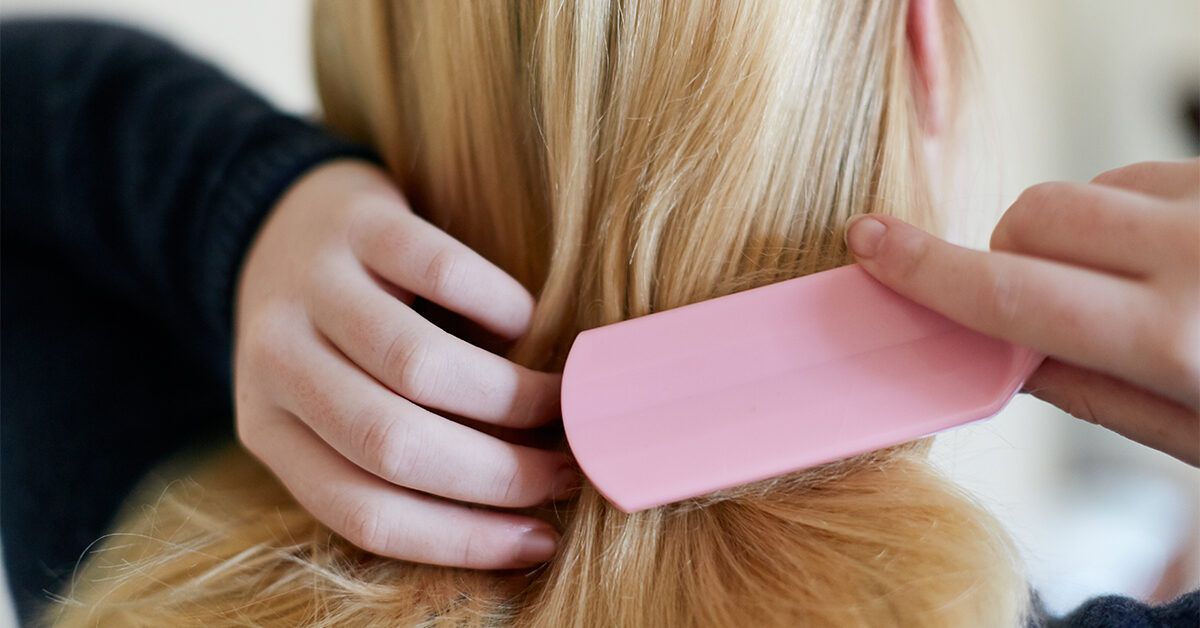
Potential causes of hair loss in teenagers include genetic factors, hormonal imbalances, and underlying medical conditions. In some cases, hair loss can be reversible with proper treatment.
The majority of people will experience some degree of hair loss throughout their lives. Most begin noticing hair loss during adulthood, but less commonly, some start losing their hair as teenagers.
Hair loss can be difficult for anybody, but especially if you’re younger. Losing one’s hair can have a huge impact on self-esteem.
Let’s look at a wide range of potential causes of hair loss in teenagers. We’ll also examine treatment options for each.
Here are some of the potential causes of hair loss in teenagers.
Genetics
Androgenetic alopecia is a genetic form of hair loss, also known as male-pattern baldness or female-pattern baldness. It occurs in a predictable pattern.
In men, it generally appears as a recession of the hairline in an M, V, or U shape and a gradual balding at the crown. Women usually notice a gradual thinning along the part of their hair.
Pattern hair loss usually starts in adulthood but can also start during your teenage years. It’s not uncommon for teenagers to experience this form of hair loss, but its prevalence is currently not known.
You’re most likely to develop pattern hair loss if you have close relatives who also developed it.
Alopecia areata
Alopecia areata is an autoimmune condition that causes hair to fall out in patches.
Autoimmune conditions develop when your body mistakes healthy cells for foreign cells. In the case of alopecia areata, your immune system attacks your hair follicles. You may notice hair loss on your scalp, eyebrows, eyelashes, or body.
Alopecia areata affects about
Malnutrition
Malnutrition is a lack of proper nutrition that can be caused by not eating enough, eating too much, or not getting the right balance of nutrients. Some potential causes include a lack of access to food, dietary imbalances, eating disorders, or digestive conditions.
Deficiencies in nutrients may cause hair loss, including in:
Thyroid conditions
Thyroid conditions that lead to an underproduction or overproduction of thyroid hormones may cause hair loss or brittle hair.
Hair loss caused by a thyroid condition usually appears as a uniform thinning across your scalp. Hair loss is
Lupus
Lupus is an autoimmune condition caused by the immune system targeting tissues and organs. It can cause symptoms like joint pain, fatigue, a butterfly-shaped rash, and hair loss.
People with lupus may notice a gradual thinning. Hair loss may or may not grow back.
Polycystic ovary syndrome
Polycystic ovary syndrome (PCOS) is a common female health issue that leads to excess levels of androgen, or male sex hormones.
It is usual for women to produce hormones like testosterone. But when they produce too much, it can lead to symptoms like disrupted menstrual cycles, acne, and hair thinning.
Treating the hormonal imbalances in your body may lead to hair regrowth.
Some medicines and medical treatments
A number of medications and medical treatments can lead to hair loss. Some examples include:
Hair treatment, coloring, and styling
Regularly coloring your hair or getting chemical hair treatments can damage your hair and potentially lead to an increase in hair breakage. These treatments don’t usually affect your hair roots, and your hair will likely grow back once you stop treatment.
Chlorine found in swimming pools, bleaching your hair, and exposing your hair to excessive heat are also all potential causes of hair damage.
Other causes of hair loss
- Traction alopecia: This form of hair loss is caused by the repeated stress of wearing your hair in tight buns, ponytails, or braids. Hair loss is often along your hairline and may be reversible if you intervene early.
- Trichotillomani: This is a psychological disorder where a person feels the overwhelming need to pull out their own hair. Symptoms typically onset between the ages of
10 to 13 . - Ringworm of the scalp: Ringworm is a fungal infection that can cause patches of itchy and scaly skin on your scalp. In some cases, ringworm can cause inflammation that leads to scarring and hair loss.
- Telogen effluvium: Telogen effluvium is a temporary form of hair loss that causes excessive shedding of hair. Stress, illness, childbirth, or weight loss are some of the many potential causes.
It’s possible for teenagers to experience patchy hair loss, thinning hair, or pattern hair loss, depending on the underlying cause. If hair loss is caused by an underlying medical condition, you may experience a number of other symptoms along with hair loss.
The table below lists hair loss conditions and their symptoms:
If your child is experiencing hair loss, it’s a good idea to speak with a doctor. They can help you determine if there’s a medical cause leading to hair loss or if it’s caused by genetic factors.
In some cases, an early diagnosis can increase the chance of regrowing hair.
A doctor may be able to diagnose the cause of your hair loss with a physical examination and by examining your medical history. They may do a pull test to see how many hairs come out and examine your scalp with a microscope.
A doctor may order a blood test if they suspect a hormonal imbalance or nutrient deficiency. They may also take a small biopsy of your scalp.
The best treatment option for your type of hair loss depends on the cause. In some cases, hair loss may be reversible with proper treatment.
The table below shows the treatment options that may be suggested for various conditions:
* Topical minoxidil (Rogaine) is not FDA-approved for people under the age of 18 due to a lack of research. However, it’s been used successfully in some studies for treating pattern hair loss. You should only use minoxidil if a doctor tells you it’s okay.
Some causes of hair loss in teenagers can be stopped and potentially reversed. For example, if you’re experiencing hair loss caused by an imbalance of thyroid hormones, treating the hormonal imbalance may improve hair growth.
Other causes, like genetic hair loss, have no known cure and will likely progress with time, but treatment can slow it down.
The best way to know if you can stop hair loss is to get a proper diagnosis from a doctor.
Losing your hair at a young age can be very difficult. Your child may feel like they need to hide their hair loss and feel stressed and anxious about their hair loss progressing.
Coping with hair loss can be difficult. It may cause poor self-esteem and have a big effect on confidence — especially at an age when many people start learning who they are.
If your child is experiencing hair loss, it’s important to remind them that losing their hair doesn’t change the person they are or mean anything is wrong with them. You can let them know that you’re ready to listen if they want to talk about it.
If your child is stressed or depressed, a doctor can recommend an experienced counselor.
Is it normal for a 15-year-old to lose a lot of hair?
As we get older, hair loss can become more common. However, if a 15-year-old is experiencing a large amount of hair loss, it can be a good idea to speak with a doctor. They can help identify whether an underlying condition is the cause.
Which vitamin deficiency causes hair loss?
There are several vitamin deficiencies that can cause hair loss, such as vitamin C, D, E, and iron.
Can you reverse hair loss?
You may be able to reverse hair loss if it has occurred due to certain medications or health conditions. A doctor may suggest stopping or changing your medication and treating any underlying conditions. While this may not reverse hair loss in all cases, it may help slow it down.
There are many reasons why teenagers may experience hair loss. Genetic hair loss can start after puberty and lead to a pattern of hair loss. Alopecia areata is a common autoimmune condition that can onset in childhood or as a teenager.
It’s a good idea to see a doctor if your child is dealing with hair loss in order to get a proper diagnosis and rule out potential medical conditions.


